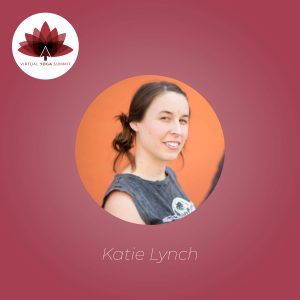 Mindful Movement, Where You Are
Mindful Movement, Where You Are
Most of us make those New Year’s resolutions: I’ll lose fifteen pounds, I’ll work out regularly, I’ll settle the old score, I’ll make more money, etc., etc. Too many of us don’t seem to get those resolutions to resolve into something new and better. In my head, one of the reasons for that is we set goals too ambitious, instead of setting smaller and more achievable ones. To that end, I’d like you to think about your expenditure of energy in terms of movement during the day. It seems to me that most of us don’t move nearly enough, and that when we finally do move we effort a bit too much in our desire to fix everything quickly. Neither of these ‘fixes’ will fix anything, and in fact, just may make things worse.
Let’s start with that second idea first: it’s a new year, and we’re going to trim off the fifteen holiday (or before) pounds, then we’re going to get the new wardrobe, then the new job, etc., etc. We set very lofty goals, then stop fairly quickly when we feel defeated by the goals we’ve set, and we begin to feel like a failure. How to change this? It’s simple, really. We merely set smaller and more achievable goals instead of lofty grand ones. Instead of forcing ourselves to lose fifteen pounds, why not focus on eating a bit healthier with more of the good foods – vegetables, fruits, fiber and more water in the diet? Without going kamikaze and feeling the need to monitor everything that goes through the lips, we can simply start being a bit mindful of the things we ingest, and mindfully and gratefully absorbing them and their nutrients. Continue reading
 Simply put: yes. Yes, there is a need for increased training in the world of yoga, because the focus of yoga that has become the most popular is asana, and asana deals with movements of the human body. And the human body is one complicated and mysterious machine — which is surprisingly easy to break. Now, this doesn’t mean a person can’t teach a good and safe yoga class without further education in related fields, but in order to advance the benefits of yoga by bringing it to a larger population of the world, it would be helpful if the concept of yoga evolved into a more respected and scientific field.
Simply put: yes. Yes, there is a need for increased training in the world of yoga, because the focus of yoga that has become the most popular is asana, and asana deals with movements of the human body. And the human body is one complicated and mysterious machine — which is surprisingly easy to break. Now, this doesn’t mean a person can’t teach a good and safe yoga class without further education in related fields, but in order to advance the benefits of yoga by bringing it to a larger population of the world, it would be helpful if the concept of yoga evolved into a more respected and scientific field.